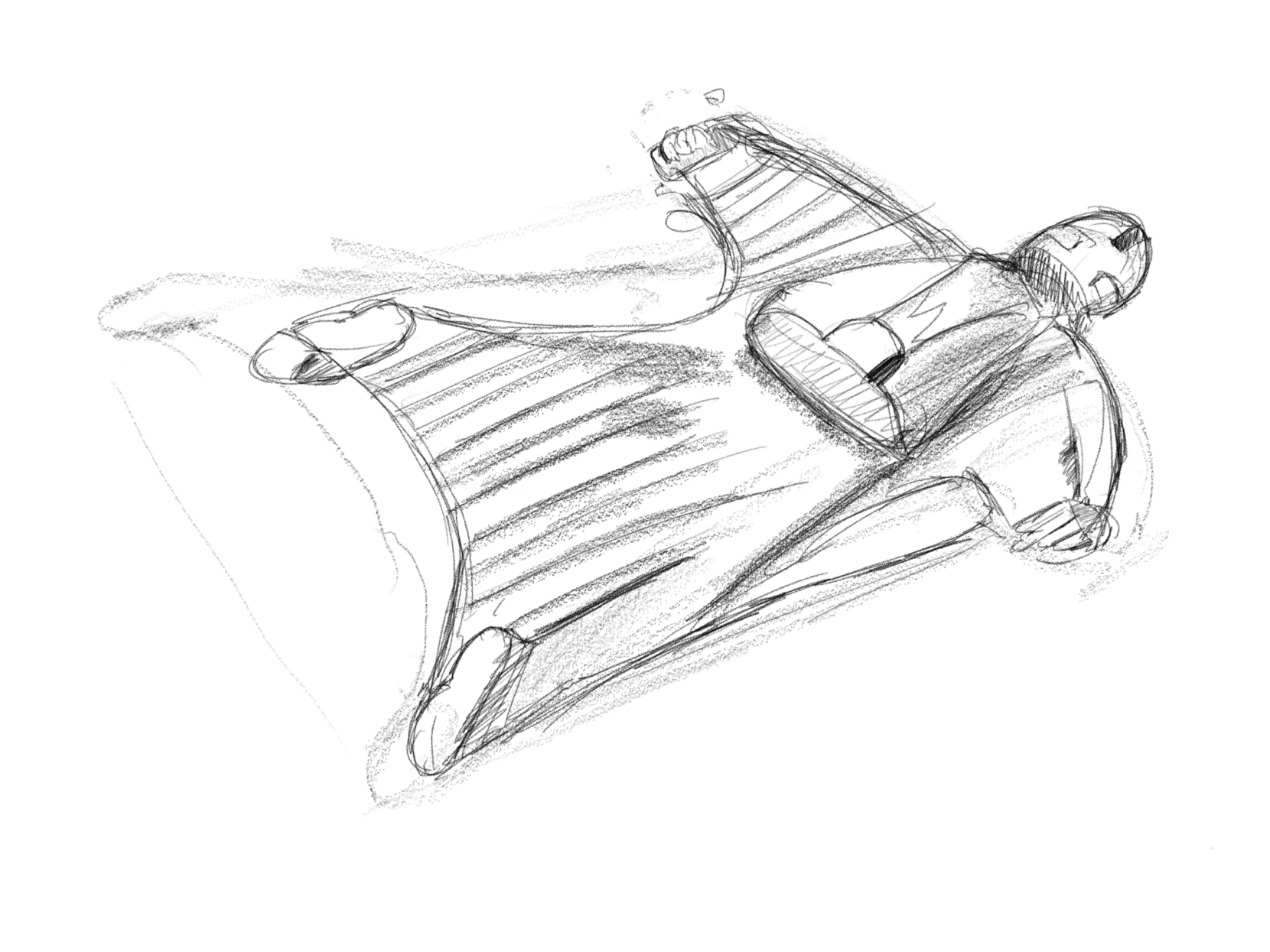Action sports are often marketed with adrenaline up front. The athletes are adrenaline junkies, living in a rushed state. The Rise of Superman explains that it’s far from the truth:
But they are all flow junkies—the difference is critical. And chemical. The fight-or-flight response—a.k.a. the adrenaline rush—cocktails adrenaline, cortisol (the stress hormone), and norepinephrine. It’s an extreme stress response. The brain switches to reactive survival autopilot. Options are limited to three: fight, flee, or freeze. Flow is the opposite: a creative problem-solving state, options wide open.
It reminds me of Alex Honnold, likely the best free climber in the world. The 60 Minutes feature “The Ascent of Alex Honnold” has footage of one of his climbs with another climbing expert explaining what’s going on. It’s methodical. The climbs can take hours. Honnold says that if he’s feeling that fight or flight response then something’s wrong.
Instead, he’s in flow. You can be in that state for long periods of time. If you enter a flow state doing sports can it help in other aspects of your life? Maybe:
People report feeling extraordinarily creative the day after a flow state, suggesting that time spent in the zone trains the brain to consistently think outside the box.
That’s not entirely scientific but I’ll take it.

If you can get into a flow state then you can learn to ride that wave for some time after.
I don’t have a wing suit and a cliff handy every day, so I’ve been interested in other ways to get into flow states. Team sports and group fitness classes seem to be a step in the right direction. Sitting still might help also.
High level meditators can achieve brain wave activity similar to a creative session in a flow state. “High level” means many years of practice. Someday it’d be nice to have a flow switch. In the meantime, I’ll continue working on the hodgepodge recipe of workouts, meditation, and standing on one leg in just this particular way. Whatever it takes, flow is worth it.

